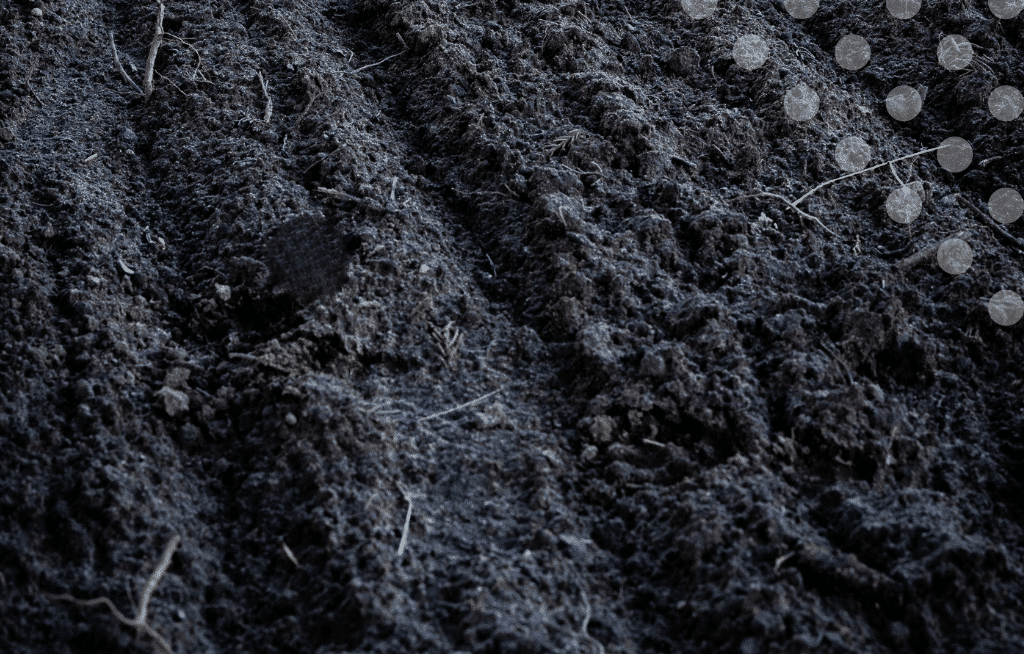Blossom-end rot can cause up to a 50% loss in yield reduction!
Apical necrosis (blossom-end rot) in zucchinis is a physiological disorder characterized by the rot of the blossom end of the fruit. It is caused by a lack of calcium and is exacerbated by poor irrigation. This deficiency will increase permeability and deterioration of fruit cell membranes, followed by loss of turgor. Indeed, calcium needs to be transported by water (transpiration mechanism) to reach the different organs.
In zucchinis, a deficiency in calcium can lead to several issues:
- Necrotic leaves
- Reduced strengh of the organs
- Inhibition of root tips growth
- Fruit set issues
- Fruits malformation & blossom-end rot
The first step is to maintain neutral soil pH to improve calcium availability as well as adequate soil moisture to optimize soil calcium transportation. Farmers also need to control the nitrogen fertilization, because excess can inhibit the calcium uptakes. But sometimes, it is not enough, and farmers will need to act in order to preserve fruit set, fruit quality and conservation.
TIMAC AGRO Technologies can prevent blossom-end rot by increasing nutrient uptake, root growth, and fortifying zucchinis during flowering, fruit set, and fruit fill.



